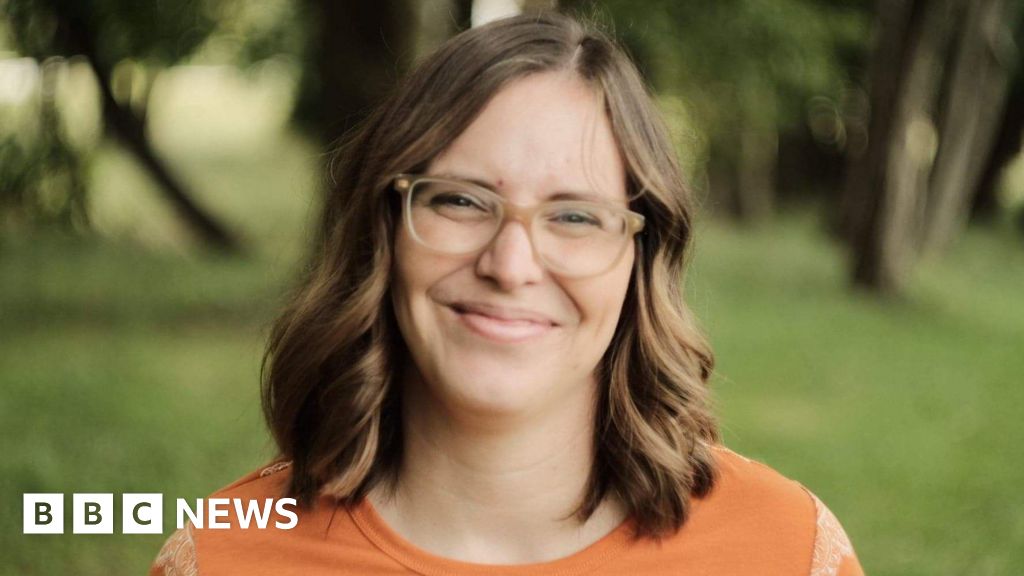A new study to be presented at the SLEEP 2024 annual meeting offers a framework for an objective, non-invasive and zero-effort sleep monitoring system utilizing smart thermostats equipped with motion sensors.
Results show that smart thermostats identified three distinct sleep quality clusters, with clear variations in sleep duration, disturbances and efficiency. Comparative analysis underscored the heterogeneity in sleep quality, highlighting the potential of smart devices and NextGen IoT data sources in identifying sleep patterns and contributing to sleep research without invasive monitoring.
“Even though these smart thermostats were not originally intended for health monitoring, their capability to accurately differentiate between complex sleep patterns and disturbances were the most surprising part of this study,” said Jasleen Kaur, who has a doctorate in computer science and engineering and is a postdoctoral researcher at the UbiLab, University of Waterloo in Ontario, Canada.
The researchers analyzed eight terabytes of data collected from smart thermostats in 178,706 households. Sensor activations were translated into signals that modeled sleep features, and machine learning models were used to discern sleep quality indicators.
The American Academy of Sleep Medicine recognizes that consumer sleep technology may be utilized to enhance the patient-clinician interaction when presented in the context of an appropriate clinical evaluation. However, these tools are not substitutes for medical evaluation.
According to Kaur, the study highlights the potential for smart devices to collect meaningful, long-term behavioral health data in the home for near-real time public health surveillance.
“Quality sleep is critical to people’s health and well-being,” said Kaur. “However, collecting reliable data is difficult as it often relies on recall bias and subjective interpretation; this offers potential for integrating environmental and behavioral health data to improve sleep health.”
The research abstract was published recently in an online supplement of the journal Sleep and will be presented Tuesday and Wednesday, June 4 and 5, during SLEEP 2024 in Houston.


